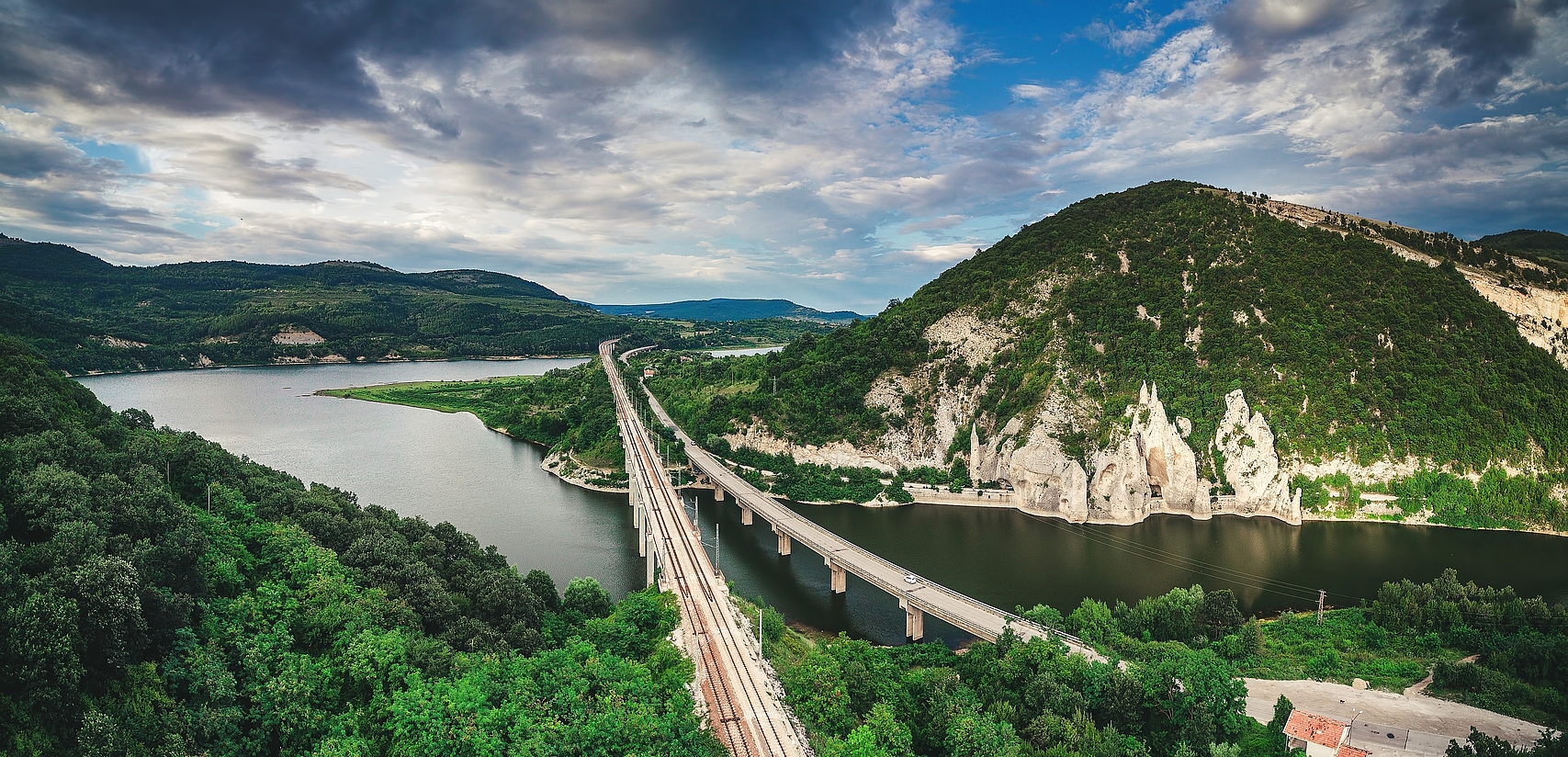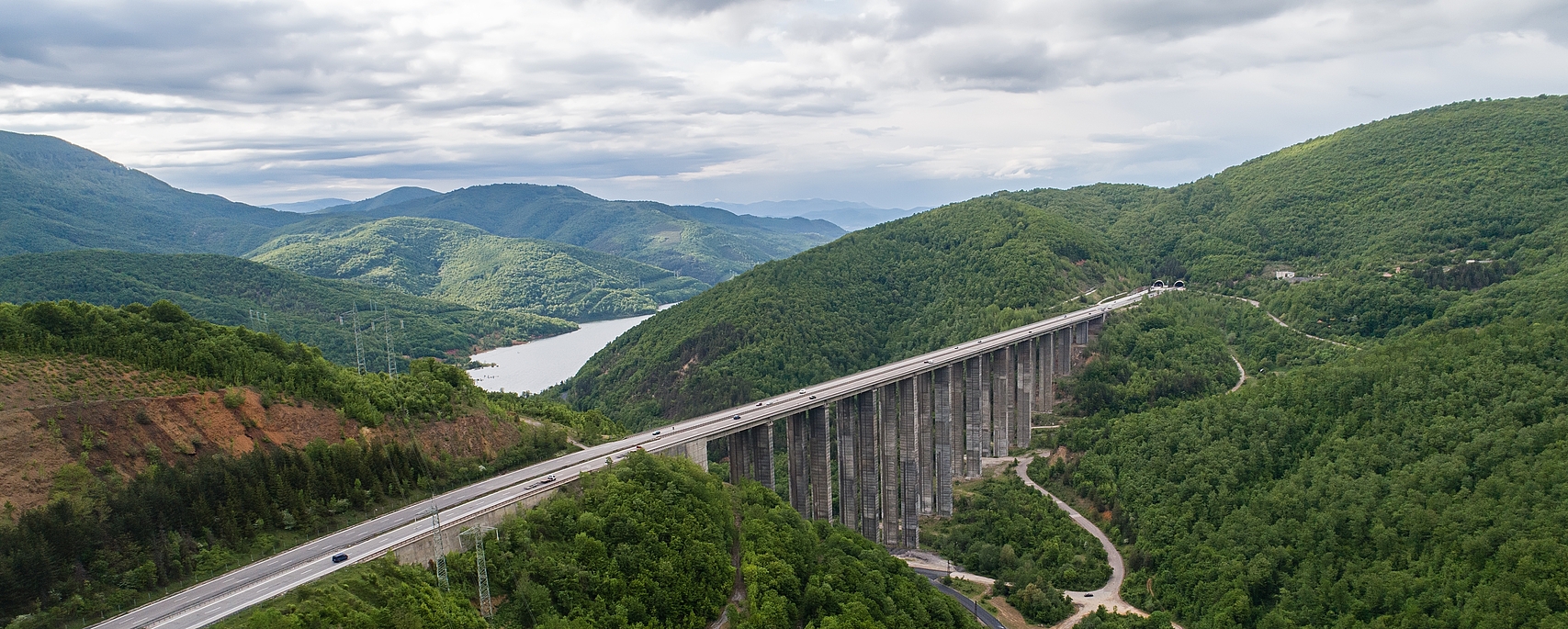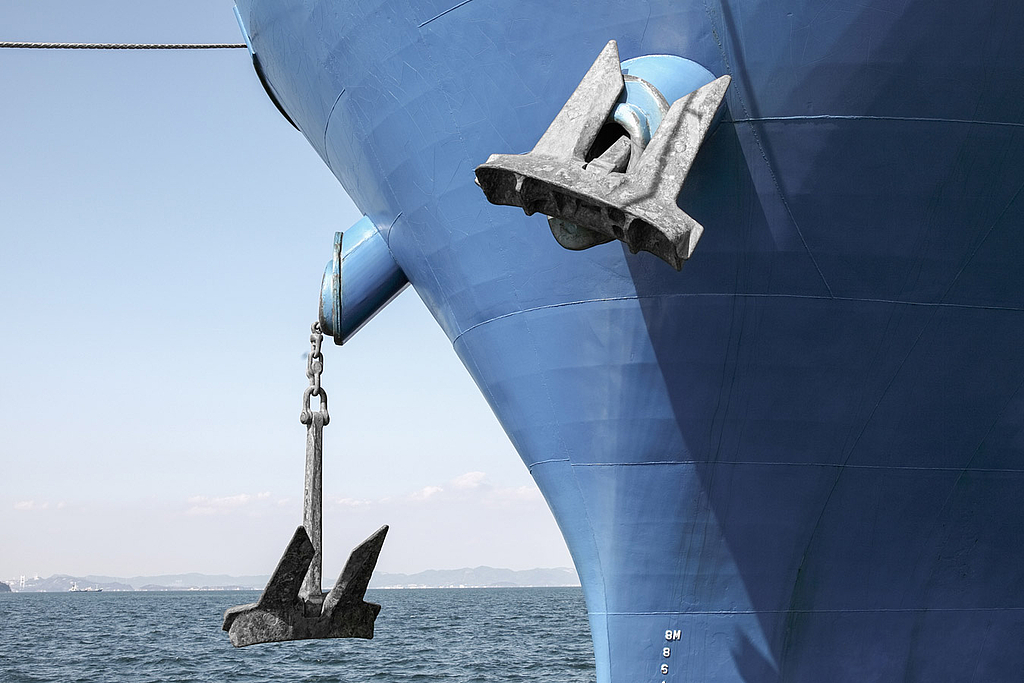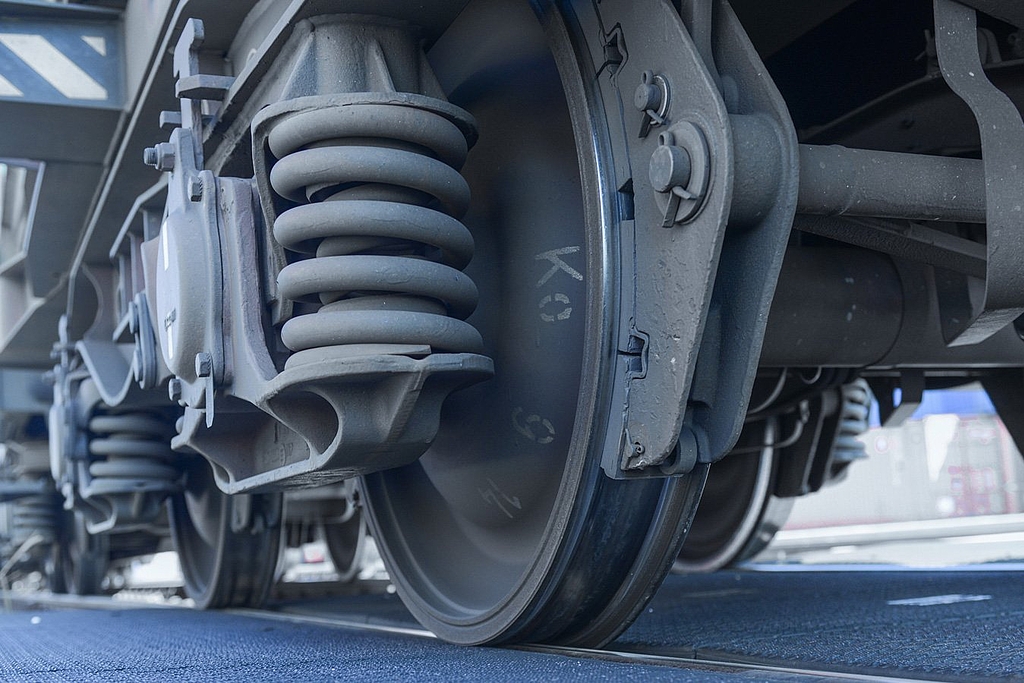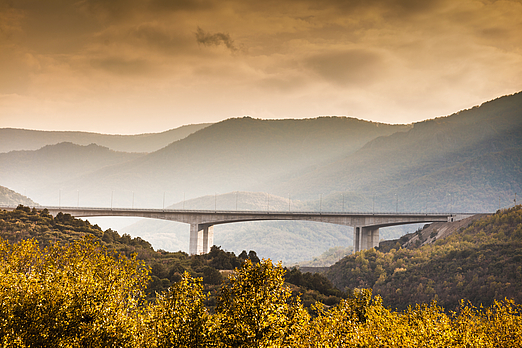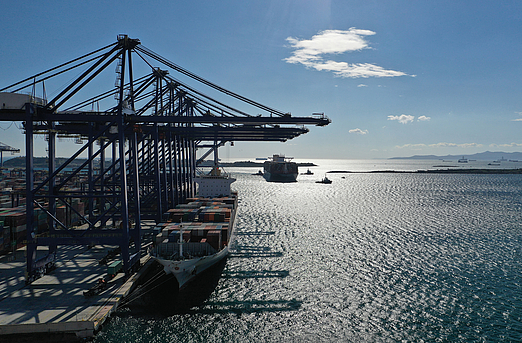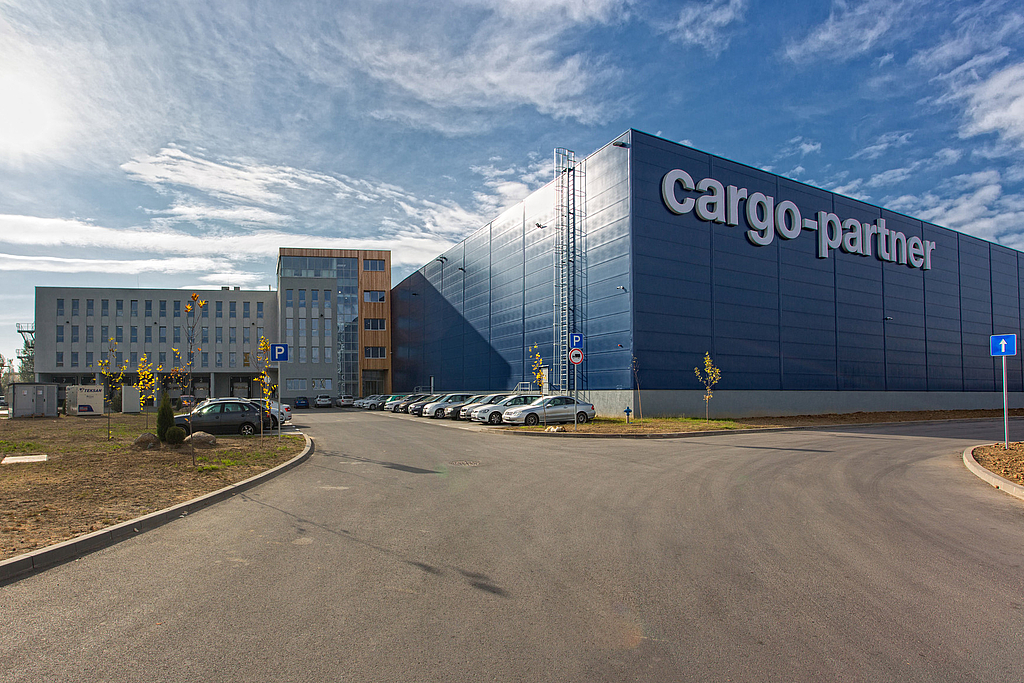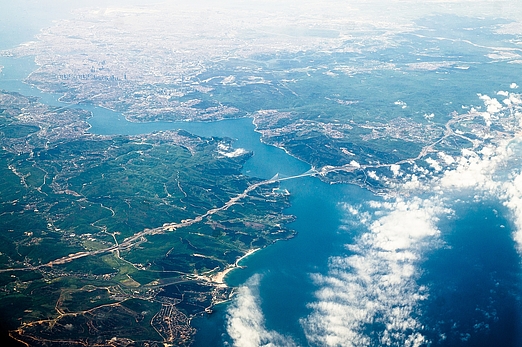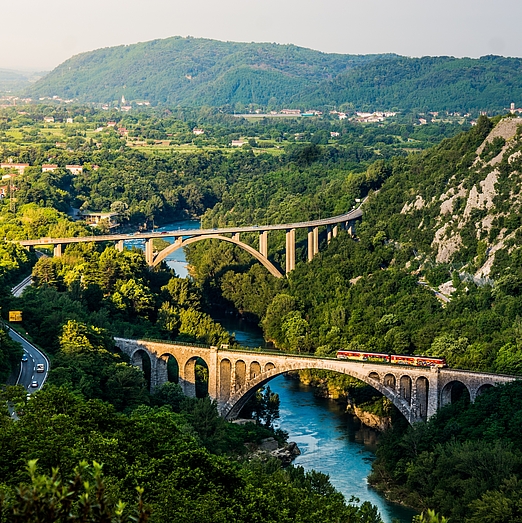Bulgaria: High hopes in the Rhodopes
Connecting Europe with the Middle East
- Facts
Bulgaria is a unique country with its own distinct way of life, culture, nature, and traditions. Although small, with an area of roughly 110,000 km² and a population of 6.5 million, Bulgaria has a very diverse geographical landscape and occupies a key location in the heart of the Balkan Peninsula, connecting Europe and Türkiye. Find out more about the country’s expanding railroads and highways, its role as the cradle of the Cyrillic alphabet, and its status as the major global producer of rose oil.
